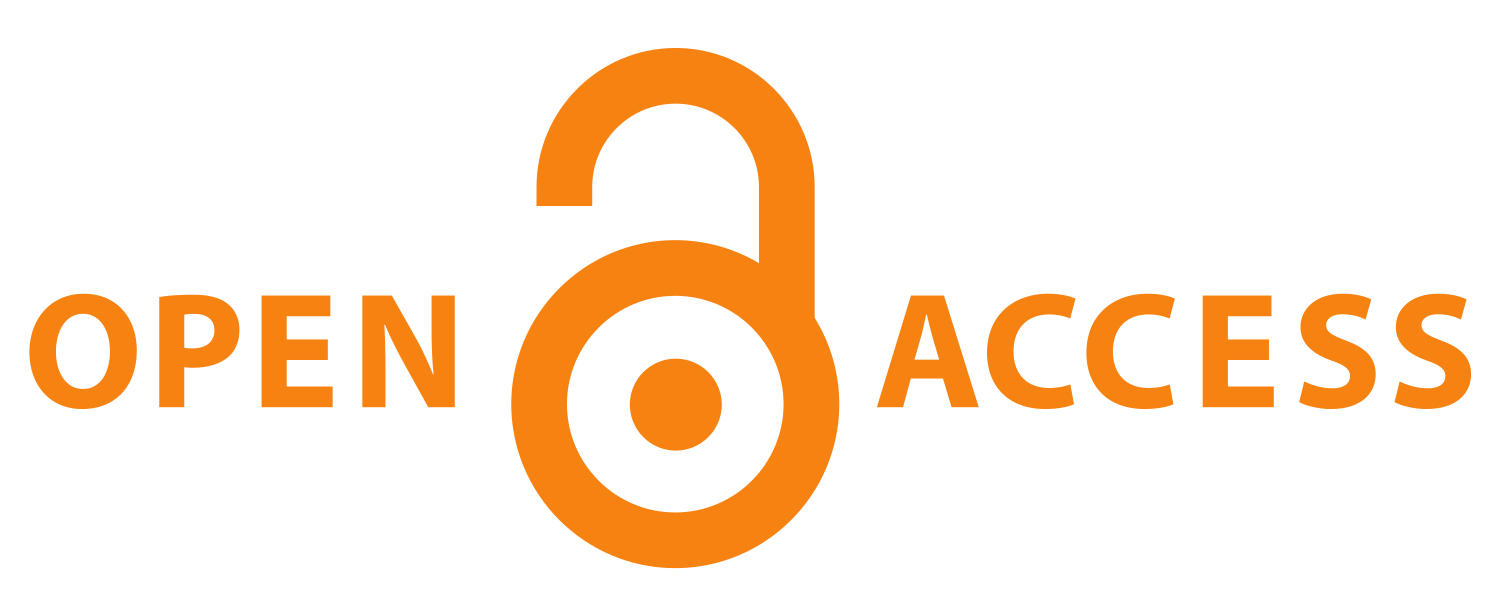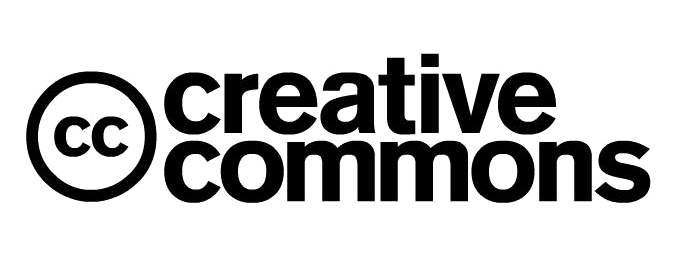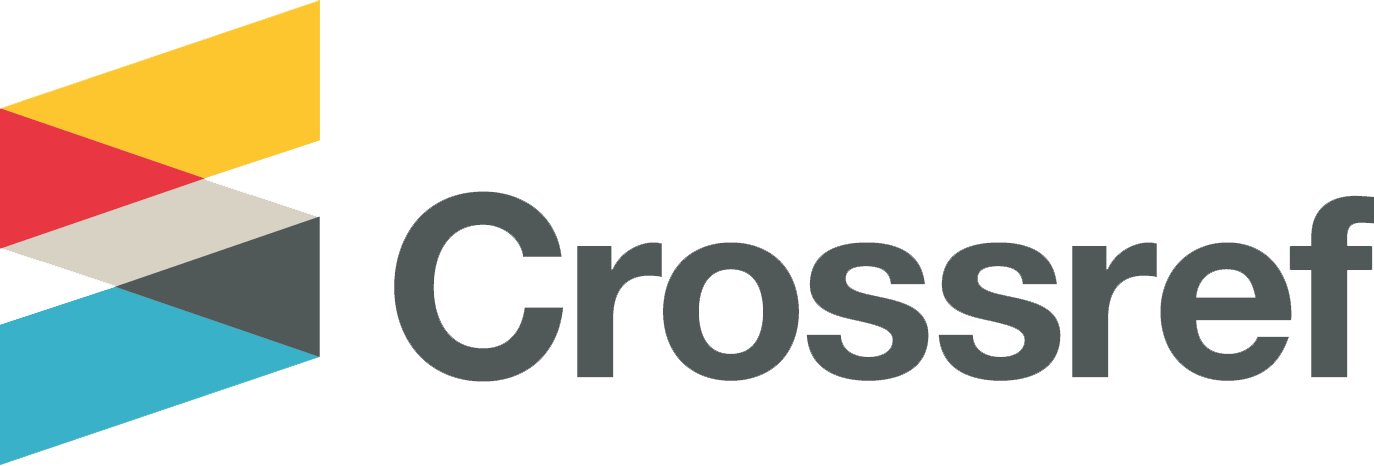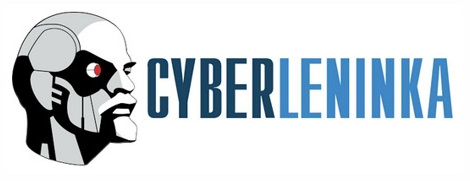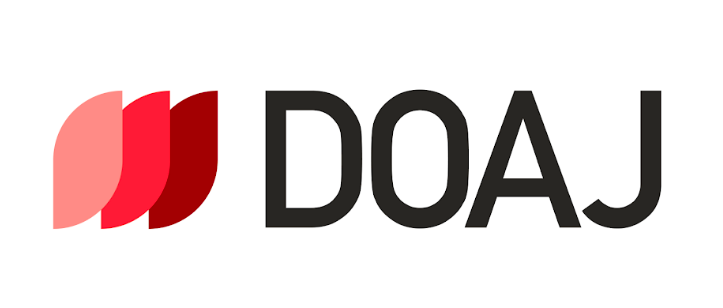Электрофизические свойства сегнетовой соли, диспергированной в пористой диэлектрической матрице цеолита типа А
DOI:
https://doi.org/10.33910/2687-153X-2024-5-4-195-201Ключевые слова:
сегнетоэлектрики, сегнетова соль, диэлектрическая проницаемость, диэлектрические потери, электропроводность, цеолит, нанокомпозитАннотация
В диапазоне частот от 100 Гц до 100 кГц были исследованы электропроводность, действительная часть диэлектрической проницаемости и диэлектрические потери нового нанокомпозиционного материала, полученного путем пропитки матрицы цеолита NaA сегнетовой солью.
Наблюдался низкотемпературный сдвиг точки Кюри TC верхнего сегнетоэлектрического перехода вещества-«гостя» из-за влияния ограниченной геометрии. Показано, что вид температурной зависимости электропроводности сегнетовой соли, а также характер частотной зависимости диэлектрических потерь существенно изменяются при диспергировании этого сегнетоэлектрика в цеолите NaA.
Библиографические ссылки
Baryshnikov, S. V., Charnaya, E. V., Shatskaya, Yu. A. et al. (2011) Effect of confined geometry on linear and nonlinear dielectric properties of triglycine sulfate near the phase transition. Physics of the Solid State, 53 (6), 1212–1215. https://doi.org/10.1134/S1063783411060059 (In English)
Bogatin, A. S. (2012) Relaxation polarizations: Strong and weak processes. Physics of the Solid State, 54 (1), 62–69. https://doi.org/10.1134/S1063783412010064 (In English)
Bogatin, A. S., Lisitsa, I. V., Bogatina, S. A. (2002) The effect of percolation conductivity on the characteristics of relaxation polarization processes. Technical Physics Letters, 28 (9), 779–781. https://doi.org/10.1134/1.1511783 (In English)
Bogomolov, V. N. (1978) Liquids in ultrathin channels (Filament and cluster crystals). Soviet Physics Uspekhi, 21 (1), 77–83. https://doi.org/10.1070/PU1978v021n01ABEH005510 (In English)
Breck, D. W. (1974) Zeolite molecular sieves: Structure, chemistry and use. New York: Wiley Publ., 771 p. (In English)
Cizman, A., Antropova, T., Anfimova, I. et al. (2013) Size-driven ferroelectric–paraelectric phase transition in TGS nanocomposites. Journal of Nanoparticle Research, 15 (8), article 1807. https://doi.org/10.1007/s11051-013-1807-y (In English)
Gurevich, V. M. (1969) Elektroprovodnost’ segnetoelektrikov [Electrical conductivity of ferroelectrics]. Moscow: The Committee on Standards, Measures, and Measuring Instruments of the Council of Ministers of the USSR Publ., 384 p. (In Russian)
Malyshkina, I. A., Gavrilova, N. D. (2002) Low-frequency dielectric properties of the Rochelle salt and its deuterated analogue. Ferroelectrics, 268 (1), 41–46. http://doi.org/10.1080/00150190211066 (In English)
Matveeva, T. G., Solovyev, V. G. (2022) Dielektricheskie svojstva nanochastits segnetovoj soli v matritse tseolita NaA [Dielectric properties of the Rochelle salt nanoparticles in the NaA zeolite matrix]. Tekhnika radiosvyazi — Radio Communication Technology, 4 (55), 118–124. (In Russian)
Mitani, S., Fukui, S., Shibuya, I. et al. (1974) Crystal structure refinement of ferroelectric Rochelle salt. Ferroelectrics, 8 (1), 477–478. http://dx.doi.org/10.1080/00150197408234131 (In English)
Ovchinnikova, G. I., Gavrilova, N. D., Lotonov, A. N. et al. (1997) Ion transport as manifested in microwave spectra and static conduction of seignette salt crystals. Bulletin of the Russian Academy of Sciences: Physics, 61 (12), 1913–1917. (In English)
Pan’kova, S. V., Poborchii, V. V., Solov’ev, V. G. (1996) The giant dielectric constant of opal containing sodium nitrate nanoparticles. Journal of Physics: Condensed Matter, 8 (12), L203–L206. https://doi.org/10.1088/0953-8984/8/12/001 (In English)
Rogazinskaya, O. V., Milovidova, S. D., Sidorkin, A. S. et al. (2009) Properties of nanoporous aluminum oxide with triglycine sulfate and Rochelle salt inclusions. Physics of the Solid State, 51 (7), 1518–1520. https://doi.org/10.1134/S1063783409070506 (In English)
Singaravadivelu, S., Uthayakumar, A., Balaji Bhargav, P. (2019) Study of the relative growth rate, the anisotropy of electrical resistivity and anomalous photocurrent behavior of the unidirectional grown Rochelle salt crystals. Ferroelectrics, 550 (1), 112–126. https://doi.org/10.1080/00150193.2019.1652501 (In English)
Solans, X., Gonzalez-Silgo, C., Ruiz-Perez, C. (1997) A structural study on the Rochelle salt. Journal of Solid State Chemistry, 131 (2), 350–357. (In English)
Steeman, P. A. M., van Turnhout, J. (2003) Dielectric properties of inhomogeneous media. In: F. Kremer, A. Schonhals (eds.). Broadband dielectric spectroscopy. Berlin; Heidelberg: Springer Publ., pp. 495–522. https://doi.org/10.1007/978-3-642-56120-7 (In English)
Stucky, G. D., Mac Dougall, J. E. (1990) Quantum confinement and host/guest chemistry: Probing a new dimension. Science, 247 (4943), 669–678. https://doi.org/10.1126/science.247.4943.669 (In English)
Tien, C., Charnaya, E. V., Lee, M. K. et al. (2008) NMR studies of structure and ferroelectricity for Rochelle salt nanoparticles embedded in mesoporous sieves. Journal of Physics: Condensed Matter, 20 (21), article 215205. https://doi.org/10.1088/0953-8984/20/21/215205 (In English)
Woodward, W. H. H. (2021) Broadband dielectric spectroscopy — A practical guide. In: Broadband dielectric spectroscopy: A modern analytical technique. ACS symposium series. Vol. 1375. Washington: American Chemical Society Publ., pp. 3–59. https://pubs.acs.org/doi/10.1021/bk-2021-1375# (In English)
Zhong, W. L., Wang, Y. G., Zhang, P. L., Qu, B. D. (1994) Phenomenological study of the size effect on phase transitions in ferroelectric particles. Physical Review. B, 50 (2), 698–703. https://doi.org/10.1103/PhysRevB.50.698 (In English)
Zhou, G., Wu, J., Wang, A. et al. (2008) Investigation of ferroelectric phase transition of Rochelle salt. Ferroelectrics, 366 (1), 67–73. http://dx.doi.org/10.1080/00150190802363173 (In English)
Загрузки
Опубликован
Выпуск
Раздел
Лицензия
Copyright (c) 2024 Тамара Геннадьевна Матвеева, Марина Семеновна Иванова, Владимир Гаевич Соловьев, Александр Иванович Ванин

Это произведение доступно по лицензии Creative Commons «Attribution-NonCommercial» («Атрибуция — Некоммерческое использование») 4.0 Всемирная.
Авторы предоставляют материалы на условиях публичной оферты и лицензии CC BY 4.0. Эта лицензия позволяет неограниченному кругу лиц копировать и распространять материал на любом носителе и в любом формате в любых целях, делать ремиксы, видоизменять, и создавать новое, опираясь на этот материал в любых целях, включая коммерческие.
Данная лицензия сохраняет за автором права на статью, но разрешает другим свободно распространять, использовать и адаптировать работу при обязательном условии указания авторства. Пользователи должны предоставить корректную ссылку на оригинальную публикацию в нашем журнале, указать имена авторов и отметить факт внесения изменений (если таковые были).
Авторские права сохраняются за авторами. Лицензия CC BY 4.0 не передает права третьим лицам, а лишь предоставляет пользователям заранее данное разрешение на использование при соблюдении условия атрибуции. Любое использование будет происходить на условиях этой лицензии. Право на номер журнала как составное произведение принадлежит издателю.

